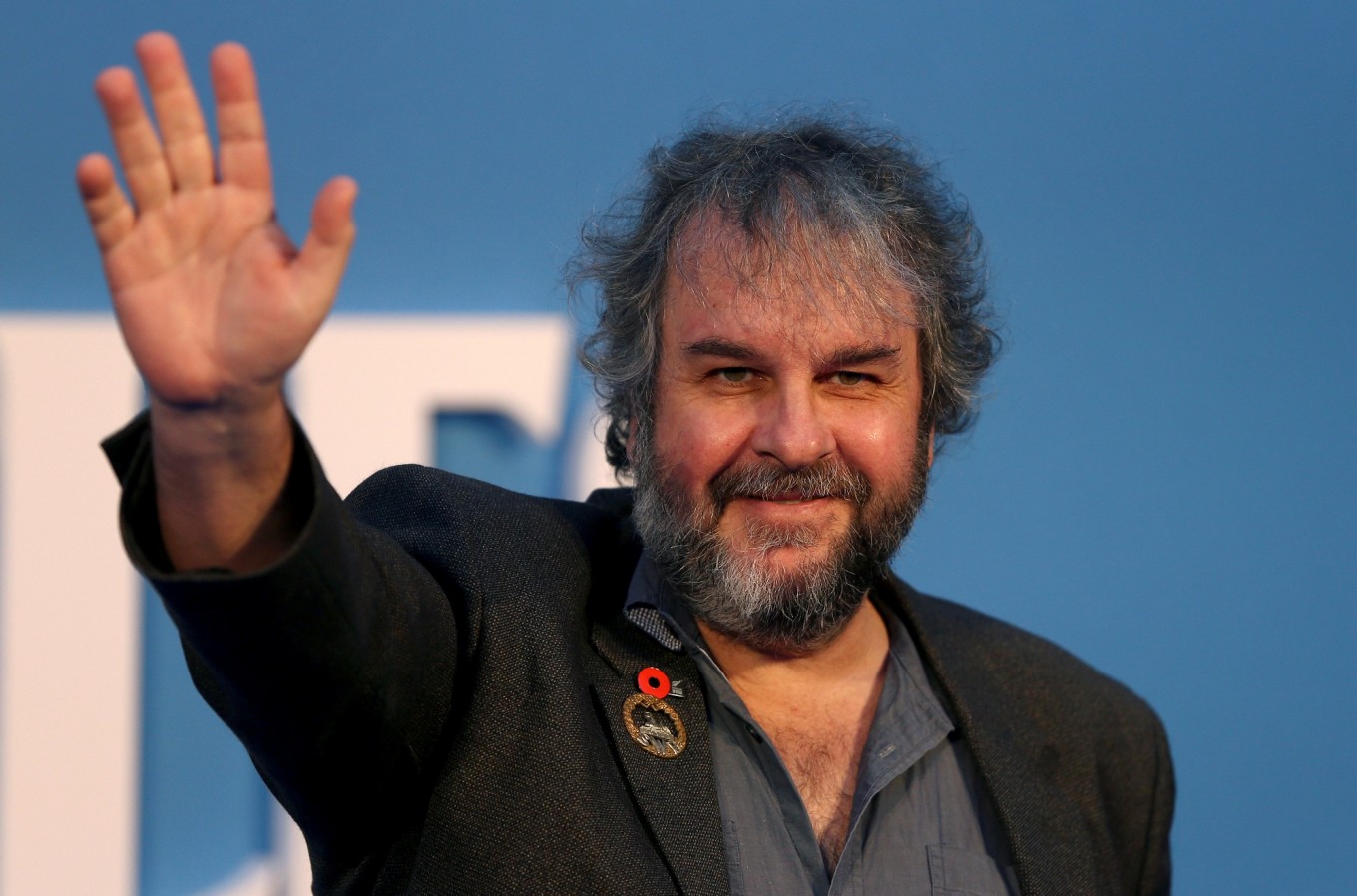Popular Reads
Top Results
Can't find what you're looking for?
View all search resultsPopular Reads
Top Results
Can't find what you're looking for?
View all search resultsWWI brought back to life in Peter Jackson's new 3D documentary
Black and white silent film footage from World War I has been transformed by Peter Jackson into a 3D color movie to mark the centenary of the end of the conflict.
Change text size
Gift Premium Articles
to Anyone
B
lack and white silent film footage from World War I has been transformed by Oscar-winning director Peter Jackson into a 3D color movie to mark the centenary of the end of the conflict.
The legendary filmmaker painstakingly restored and colored hours of archival footage and paired it with historical veterans' interviews and a special effects soundtrack, to bring the war back to life in an unprecedented way.
This included using lip readers to decipher what soldiers were saying in the century-old film and inserting new matching audio recorded with actors.
The film -- They Shall Not Grow Old -- will be unveiled for the first time at the London Film Festival next week, and simultaneously screened in different venues across Britain.
"I was absolutely gobsmacked by the time we'd finished restoring this stuff, I'd had no idea that it could be done so well," Jackson told AFP ahead of the release.
"People have restored film before, but they haven't really restored it to the Nth degree."
Read also: ‘The Lord of the Rings’ Peter Jackson set to make World War I documentary
- 'It's not been done before' -
The project began four years ago in the office of Diane Lees, director general of Britain's Imperial War Museums (IWM).
Aware Jackson was a WWI "addict" whose grandfather fought in the conflict, Lees pitched him the idea of collaborating for the centenary of the conflict as part of "14-18 NOW", a program of events to commemorate the landmark.
"They wanted me to use their archival footage, but use it in a way that was surprising," recalled Jackson, a 2004 Oscar-winner for the last film in his The Lord of the Rings trilogy.
"I've looked at a lot of World War One documentaries my entire life and I thought 'what the hell can I do with this?' It's not been done before."
Working in his native New Zealand, the filmmaker used his own production company and other restoration specialists around the world to begin transforming more than 80 hours of old footage into 3D color film.
The team encountered myriad challenges, from scratches and missing frames to film that had shrunk over the century and in some cases was more than twice as slow as modern footage.
"The film became very emotional," Jackson said of the restoration process. "The faces of the men just suddenly come to life... I'm suddenly looking at this like I've never seen it before.
"Just looking at their faces and their expressions, they become real human beings -- the nuances, the little things."
- Seeing war through grandfather's eyes -
At the same time, Jackson was listening to over 600 hours of audio interviews with veterans -- recorded by the IWM over the years and by the BBC in 1964 -- to use as narration over the footage.
Meanwhile, the team also sourced other elements of the soundtrack, such as the sound of artillery firing and shells and mines exploding.
As he plotted the documentary's course Jackson said he tried to shake other war documentaries he had seen from his brain in a bid to produce something wholly original.
What has emerged is "a story of the men who fought in the western front".
It captures battlefield life for the soldiers in unprecedented color, depth and excruciating detail -- from the scenes of depravity in the trenches to the sound of popping lice being burned from clothing.
"It gave me an appreciation of being alive at the time that my grandfather was alive," Jackson said.
"The fact that I can look at something that he saw, I thought 'wow this is pretty extraordinary'."
Read also: Post-apocalypse now: The end of the world at the movies
- 'Astonishing piece of work' -
Despite the horrors of war on display, a more nuanced picture emerges of the men -- and many teenagers who had pretended to be aged 19 to be able to fight -- without self-pity.
"These guys went through hell but they didn't feel sorry for themselves," noted Jackson.
Lees, of the IWM, said the museum was not only benefiting from the 99-minute film, but from more than 80 hours of restored footage now returning to its archives in 4K digital format.
"It's an astonishing piece of work," Lees added of the collaboration, which she hopes will educate a new generation on the war.
"When you see it in color, in 3D, and the voices of the veterans over the top telling their narrative it is incredibly powerful for new audiences."











